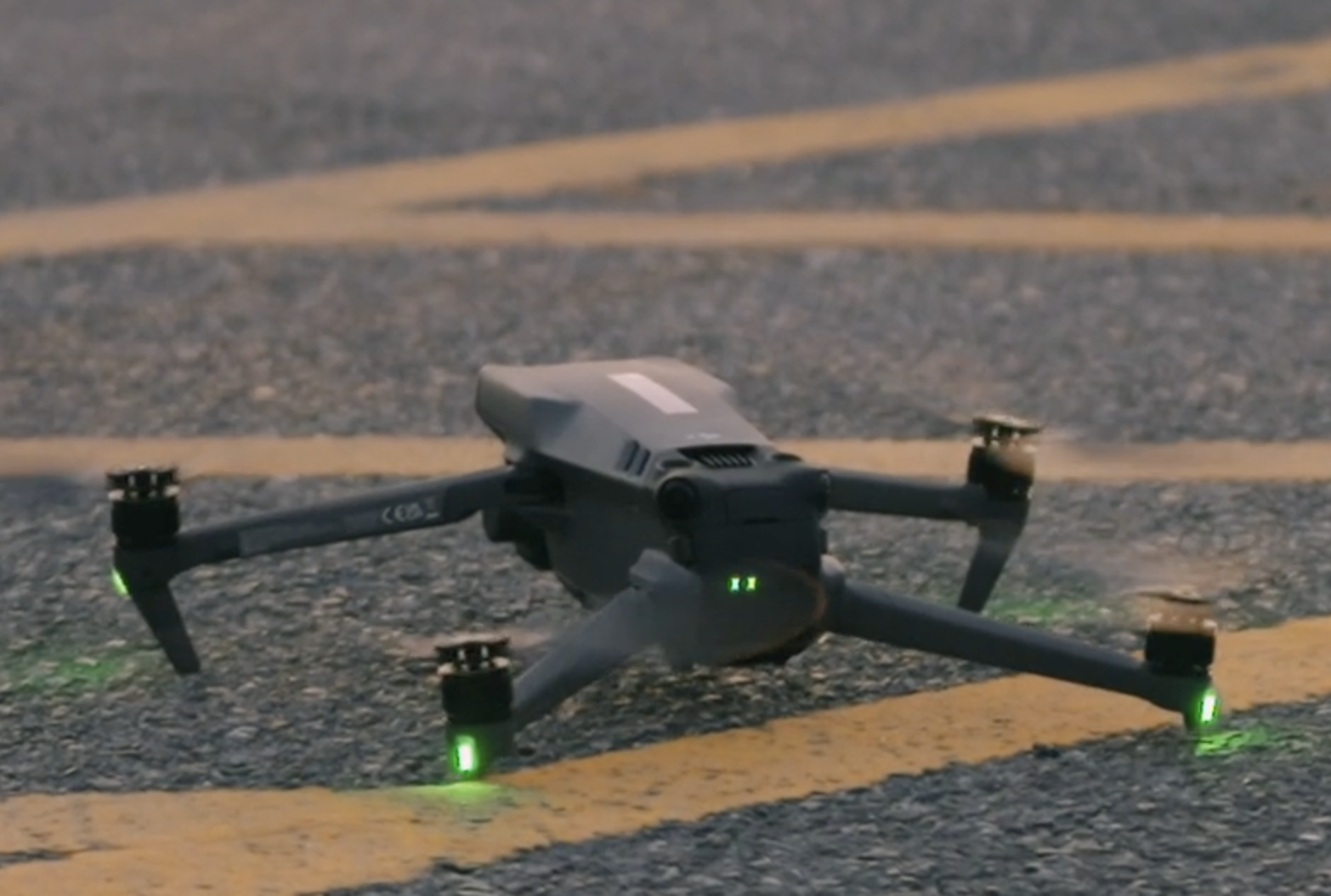Welcome to our guide ‘How To Hire a Video Production Company’ for the first time. Here is what you can expect.
So, you want to hire a video production company to create videos for your brand, or agency but you don’t know how to get started. In this blog, we’ll go through the 10 steps of what to expect when you want to hire a video production company.
By hiring a video production company you’re giving the responsibility of video creation to a production company. You’re doing this because you want to be guaranteed a process-driven professional and creative experience with your video content.
If you work for an agency or brand, and you are setting out on your first time working with a video production company. Here is what to look for with a few tips thrown in.
1. Firstly the need/desire for something to change.
For you to want to start working with a video production company, that means you know something needs to change.
Maybe you already know you need to be doing more with video? Or, maybe a client of yours wants to work with you on a video project? The first stage is to figure out what success will look like for you as you embark on this video content journey. Your goal may be to increase revenue, building an online presence. Or maybe your plan is to educate your customers and help the sales team create a smoother sales process and their support team with queries.
At this stage, you probably have a rough idea of what you’re trying to achieve. However, if you don’t know what you’re trying to achieve, or what kind of video is best for your business, we can help! We have created a handy guide here (Coming late 2024!),which gives you a list of ideas to get you started.
If you need this guide sooner and can’t wait for us to release it, email us at hello@nomadic.uk and we will send it over to you.
How do you find a video production company?
First things first. How do you find a video production company to work with? Well, you’ll probably do that by searching for ‘video production company near me’ online. And you will get hundreds of results to sift through. So, how do you whittle those down?
Check out their reviews, testimonials and watch their showreel to see the kind of work they do. Video production is a very wide area, but different video production companies can have specific areas of expertise, such as, event videography, product-driven content, learning and development video content, animation or even TV Ads.
During that research period, maybe you will speak with a few different companies, or maybe you will find one that catches your eye and like what they do and the decision is done. There are lots of different companies out there, all at different prices and offering different services. Expect prices to range from a few thousand to several hundred thousand pounds based on your requirements. For a more in depth dive into the price of hiring a video production company, see our blog here.
2. Speaking with the production company
Once you’ve found a video production company that looks like it could be the right fit for you, you’ll need to have a discovery meeting. In that meeting you’ll chat with the video production company and they’ll get to know your company too.
It’s important that you identify whether or not you can work with each other in the discovery meeting. This goes beyond a company being affordable for you. It relates to the style of their work, their approach to work and the general way they run their business.
Before you sign on the dotted line, make you sure you ask yourself ‘Are we compatible?’
Once you’ve answered that with a positive, you’re good to go!
3. Idea to concept
Now that you’re working with a video production company, it’s time to get your idea out there!
This can be intimidating, but don’t demand perfection from yourself straight away. Remember; everything evolves and the best creativity comes from collaboration. So get your idea down on paper. A simple word document is enough to get started. As time goes on, then your brief may require a storyboard of the idea and concepts. The production company can create a storyboard for you, or you can download a free template below and make one yourself.
What is a storyboard? Well, you can download a free storyboard download here. A storyboard is a hand/computer drawing or an AI-generated representation of what the video will be like including the type of shots, the narrative and what to expect and what the shots will look like.
Use storyboards to keep your shoots on track
Storyboards are helpful for most shoots, but they really shine when used for shoots with people, or products. The main advantage of using a storyboard is that they provide clarity of vision. You might be working with actors, models and team members, so storyboards help get sign-off from everyone involved especially management and business owners.
Storyboards visually detail the messaging of an intended video before any filming takes place. But if you are filming a live event, say a corporate event, wedding or filming a music festival, then you don’t generally need a storyboard.
Once you and the production company have agreed on the concept or storyboard, then expect to get a contract from your supplier and even a statement of work. However, it is worth noting here that sometimes you need to have a storyboard agreed before even signing a video production company.
Generally speaking, a contract is critical to protect both parties. This contract ensures that the production company will deliver on it’s promises. It’s important for the production company as getting this back means that the client is fully committed.
4. Time to get organised
Once the agreement has been signed by both parties. Typically the ideas will still need some tweaking and more in depth storyboarding and idea generation if required. Then the production company will put together a call sheet for the filming days.
Then it’s time to start planning the logistics of the shoot. Depending on the shoot, you may be able to film the concept in a few hours, or a few days. The running order be a guide of what to expect in the shots from the actors or products and give everyone involved in your business a clear idea of the direction and vision of the video.
5. The three main shoot locations
Although this isn’t a strict rule, there are 3 main locations where video production companies do the majority of their filming work.
- Office or location owned by the client
- Studio/location hire indoors
- Outside
These three places require different planning, but your production company will want to check the following things before filming occurs. If the video production company you are working with is arranging the filming space, you can skip the 6th point.
6. What considerations do I need to factor in for a filming location?
Questions that you will get asked by the video production company when filming in a location are:
- What is the area like? Generally, larger filming spaces look more “cinematic” and captivating.
- If there is audio to be captured, such as dialogue between people talking to the camera, is the area quiet and free from external noise?
- What is the lighting like? If we are filming in an office, the production company might ask you to check if the lights in the filming location are controllable. By controlling the light, they can capture nicer-looking b-rolls or interview shots.
See a full list of a checklist before a production come to film at your office here.
7. Call Sheet Time
Once the the crew, location and who’s going to be in the film has been agreed between the end client and the video production company. The next thing is a call sheet, which be created by the video production company and shared around everyone involved. Sometimes clients can do this, especially if they are more familiar with the video production process. The humble call sheet is the glue that sticks the day together. It has the timings, the plan of what to film, who’s needed at which times and it’s extremely helpful tool to have on the day.
If you would like to download the exact call sheet we use for our films, we have it available here to download for free:
What does a call sheet look like? Download a free call sheet template HERE (EDIT: coming late 2024), if you need this call sheet template sooner, email the team on hello@nomadic.uk and we can sent it directly to you :)
8. Lights, Camera, Action!
Time to get the cameras rolling. Depending on your budget, and the quality of work you require, you may have one person coming with an iPhone, or multiple people coming with larger dedicated cinema cameras. The latter produces a much higher quality video, which may be appropriate for certain shoots.
The team can vary from 1-30 people depending on the filming quality needed. But most shoots with the average budget will have a small team of 2-5 people on the shoot. This can be a Camera Operator, Producer, Director, Assistant and Gaffer.
What do all these terms mean, and what do these people do? See guide HERE on the roles when filming (Guide being published Nov 2024).
9. Editing – where the magic happens!
Now that the filming has finished, it’s time for the video production company to start editing the video. This is the stage where the video will be cut down to the assets agreed in their first brief. It’s very usual for one filming day to have multiple format videos for social media, TV web and even OOH (Out of Home) at home, or on one project. The edit team will typically provide you with a rough “first draft” to check the concept, music and then work with you to edit the video into the final standard.
But it’s important to note that unless it’s been agreed upfront, the first draft of an edit will be very basic. The steps are designed in the most time and cost efficient manner. For more information on editing, see our blog here – How long does it take to edit a video?
10. Publishing the Video
The final step is to share the video once it’s been edited and delivered by the video production company. They may help you do this by taking over your channels, or simply provide you with the files and you will need to do the work. It really depends on what’s agreed upfront.
To get the best result, you can work with your video agency, marketing or PR company to run ad advertising of the video, put your content on social media and deliver the video content to different platforms. Social media, website and OOH delivery is fairly standard.
These videos can be used in other ways too, it’s not uncommon for companies to use professional videos as part of their email marketing campaigns, exhibitions played on screens and in sales meetings. Although these different platforms typically require different edits optimized for those places.
If you want a free guide on what videos work best for different platforms, check out the free guide here (coming Nov 2024).
And that is the process complete!
If you like working with that company, you may start the process all over again on a different campaign. Some video production companies in the United Kingdom offer monthly content packages to create consistent work for your brand so the process will automatically repeat.
And that’s it!
Thank you for reading this guide. I hope you found this helpful. I enjoyed writing it.



